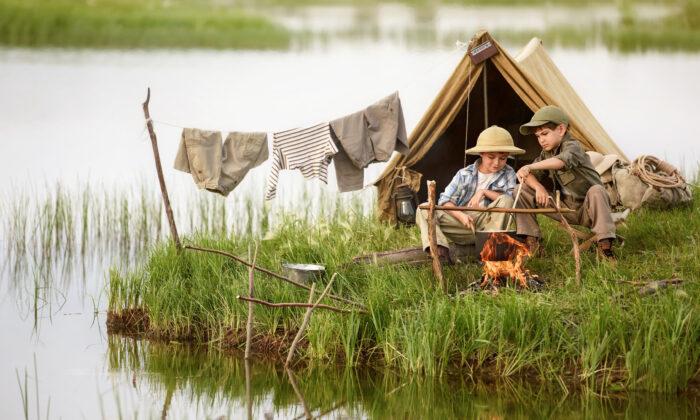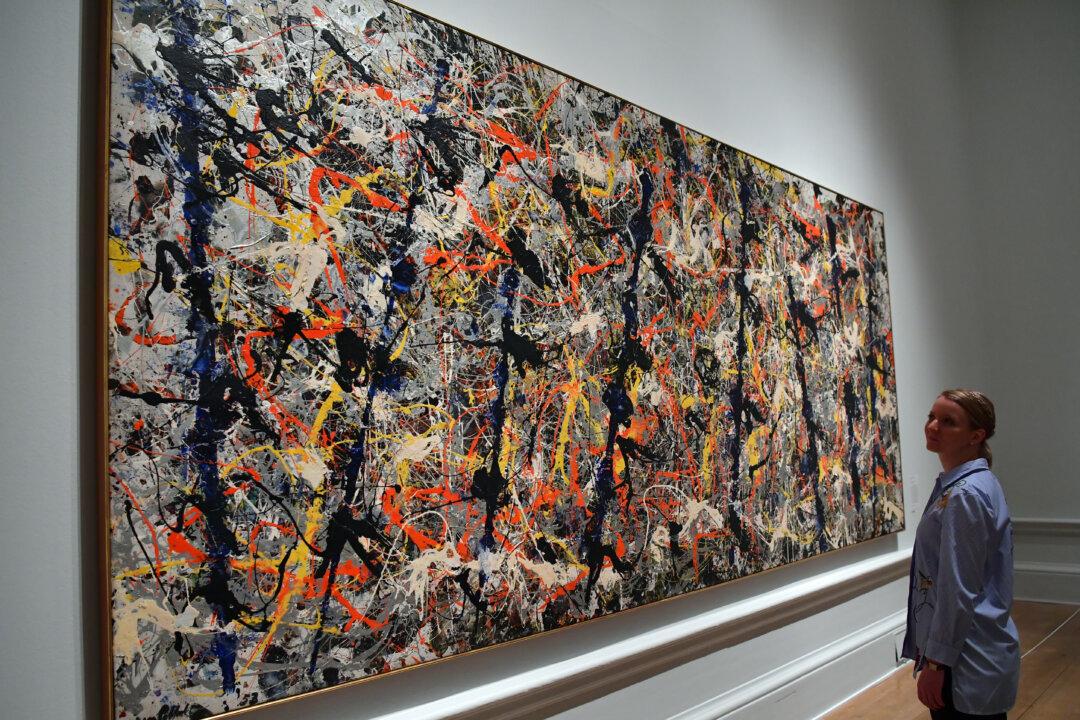I first encountered “The Dangerous Book for Boys” in a London bookshop in the mid-2000s.
I liked its retro look—the lettering and typography of the cover recalls an earlier, more swashbuckling era—and I thought at first it must be a reprint.
Imagine my surprise when I discovered that a book containing instructions on how to make catapults, how to hunt and cook a rabbit, how to play poker, how to make a waterbomb, was published today, the high noon of nannydom.
The first chapter, “Essential Gear” (“Essential Kit” in the UK edition), lists a Swiss Army knife, for heaven’s sake, not to mention matches and a magnifying glass: “For general interest. Can also be used to start fires.”
Probably, the book would have to be checked with the rest of your luggage at the airport: If you can’t bring a bottle of water on the airplane, how do you suppose a book advocating knives and incendiary devices is going to go over?
Why, even the title is a provocation.
The tort lawyers must be salivating over the word “dangerous.” And I can only assume that the horrible grinding noise you hear is from Title IX fanatics congregating to protest the appearance of a book designed for the exclusive enjoyment of boys.
And speaking of “boys,” have you noticed how unprogressive the word sounds in today’s English?
It is almost as retrograde as “girls,” a word that I knew was on the way out when an academic couple I know proudly announced that they had just presented the world with a “baby woman.”
No, I did not make that up, and even after due allowances are made for the fact that the couple were, after all, academics and therefore peculiarly susceptible to such woke deformations, it’s clear that something fundamental is happening in our society.
Some speak about the “feminization” of America and Europe.
Scholars such as Christina Hoff Sommers have reported on the “war against boys.”
A public school near where I live gets high marks for “academic excellence,” but I note that they allow only 15 minutes of recess a day for kindergarteners and first graders.
Result: By 2 p.m. the boys are ready to explode.
That turns out to be a solvable problem, though, because a little Ritalin with the (wholegrain) cornflakes does wonders to keep Johnny from acting up.
In an interview, Conn Iggulden, speaking about his collaboration with his brother in writing “The Dangerous Book for Boys,” dilated on this campaign against the boy-like side of boyhood.
Quite right. “The Dangerous Book for Boys” is alive with such salubrious challenges.
Its epigraph, a 1903 letter from an army surgeon to the young Prince of Wales, advises: “The best motto for a long march is ‘Don’t grumble. Plug on.’”
How antique that stiff-upper-lippery sounds to our ears!
The book includes instructions on making “The Greatest Paper Plane in the World.”
Did you know that many schools have outlawed paper airplanes? Might strike a child in the eye, don’t you know?
And, of course, that’s only the beginning of what many schools outlaw. The game of tag is verboten, almost everywhere, a fact I learned when our son fell and broke his elbow while playing the game.
Into the swamp-like miasma of contemporary life, “The Dangerous Book for Boys” blows like a healing zephyr.
Mark Twain once included a note about “the weather in this book,” explaining that there wasn’t any.
There is a lot of weather in “The Dangerous Book for Boys,” and I do not just mean the sections devoted to cloud formations and such questions as “Why is the sky blue?” “What causes the wind?” and “Why is it hotter at the Equator?”
True, this book includes lots of indoor activities.
You’ll find out how to make a simple battery out of a bunch of quarters, aluminum foil, vinegar, and salt, for example, as well as how to make secret inks, fireproof cloth, and marbled paper.
There’s a section of useful quotations from Shakespeare, “Latin Phrases Every Boy Should Know,” and “Books Every Boy Should Read” (this is one of them, though it’s not on the list).
There are several engaging sections on words and grammar. There are also two sections devoted to famous battles, from Thermopylae and Cannae up through Waterloo, Gettysburg, and the Somme.
If you want a quick timeline of U.S. history, it’s here. So is information about “the golden age of piracy,” spies, codes, and ciphers, as well as coin tricks, dog tricks, and first aid.
There’s also—uh-oh: P.C. alert!—a chapter on the history of artillery.
Still, this is essentially an outdoor book.
The authors understand that boys and the outdoors go together like a hammer and nails.
It is sympathetic to dirt and looks kindly upon rocks, bugs, snakes, and woodpiles.
It is a book, in other words, that approves of derring-do and the testosterone that fires it.
The fact that “The Dangerous Book for Boys” was a runaway bestseller in England gives one hope.
And speaking of England, my chief recommendation is not just that you buy the book, but that you buy it twice.
Connoisseurs will want the UK as well as the U.S. edition. There are numerous differences.
There are little things such as prices being expressed in dollars, not pounds, and a chapter on baseball instead of one on cricket. American history has been substituted for the story of the British Empire.
I note that instead of a chapter called “Astronomy,” the U.S. edition offers us “Astronomy—the Study of the Heavens,” which I suppose tells us something about how the publisher views its U.S. readership.
I was also sorry to see that the chapter on catapults was dropped from the U.S. edition.
Why not make do with the UK edition, then?
Well, for one thing, the U.S. edition includes the Navajo Code Talkers’ Dictionary. The U.S. Marines would have been lost without it in World War II. ’Nuff said.







